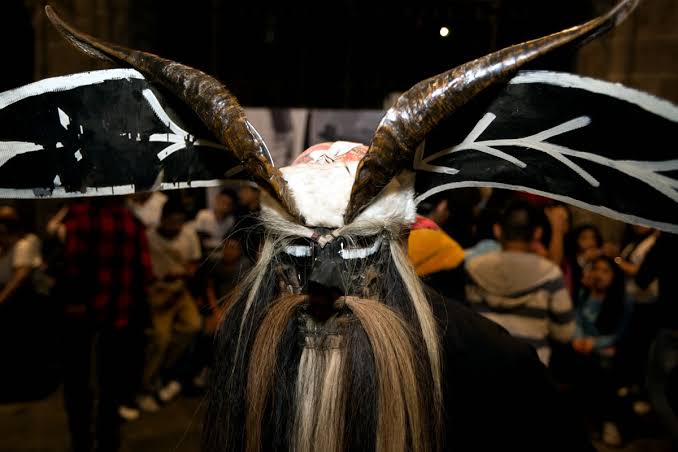
Avellon Williams
HISTORY OF CUAJINICUILAPA, MEXICO- Despite the fact that people of African descent have made significant contributions to Mexican history and culture, their contributions have not been taught or widely recognized. You can find out about them by visiting Cuajinicuilapa: said to be one of the blacklist towns in Mexico.

Mexico’s statistics institute estimated the Afro-Mexican population at 1.3 million in 2015, before the first Afro-Mexican population was counted as part of the national census in 2020. Afro-Mexicans make up an estimated 2.5 million people since the census.
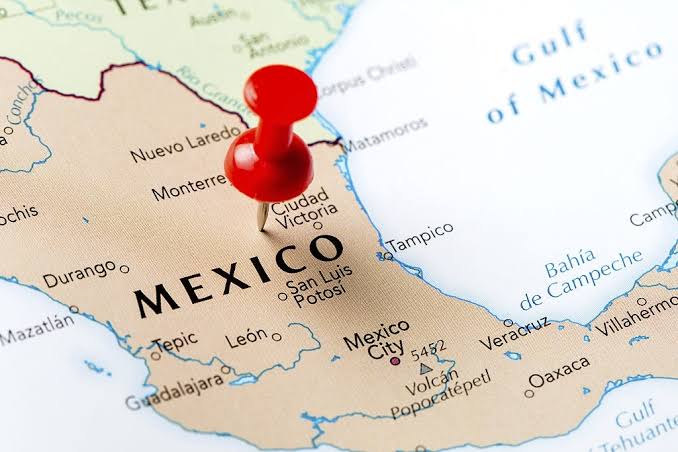
The Costa Chica region, which includes Cuajinicuilapa, has the highest population of Afro-Mexicans in Mexico, with an estimated 229,661 people of African descent. Among the other states are Oaxaca with an estimated 100,000, Baja California Sur with an estimated 75,000, and Veracruz on the Gulf coast with an estimated 50,000.
Patricia Ann Talley and Candelaria Donaji Mendez Tello argue that the population had been misunderstood in the past as an indigenous population, despite the fact that they speak no indigenous language. Thus, representation in government, resource allocations, and other public services have not been distributed equitably to their communities.
Historians have noted that in the sixteenth century Mexico, known as New Spain, had more African enslaved than any other colony in the Western Hemisphere. More than 250,000 slaves were brought to the colony by the slave trade to work on cotton and cocoa plantations, as well as farm livestock.
In Mexico’s early economic development, people of African descent contributed to the development of farms, worked in silver mines, farmed cattle, and worked on sugar plantations among other things.
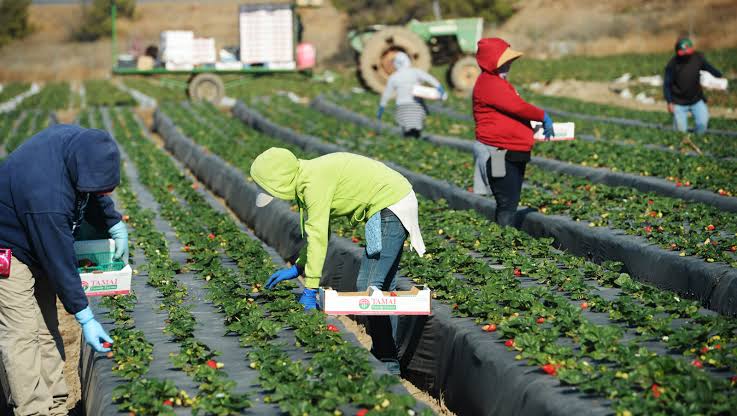
Those of African descent have contributed a lot to society and can be found in the Museo de las Culturas Afromestizas. The first museum in Mexico dedicated to educating and acknowledging the presence of African people in the region, this museum in Cuajinicuilapa focuses on some customs and cultures of African people in the region.
It has been reported that dance is an example of Afro-Mexican culture.
Today, the ‘Danza de Diablos’ (the dance of devils) is still practiced in parts of Mexico. Symbolizing freedom from the repression of slave owners, the dance and its music represent the days of freedom for slaves.

To protect their identities, they used masks made of wood or cardboard covered with antlers, hair, beards made of horsehair, and animal jaws. It was seen as a way to celebrate the end of “harsh working conditions” through song and dance, but it was also seen as a way to resume African tradition and culture.
It’s not easy to live in Cuajinicuilapa; but if you are willing to work hard enough, you can make it happen! The town is not very well known to people outside of Mexico.
IN PICTURES:
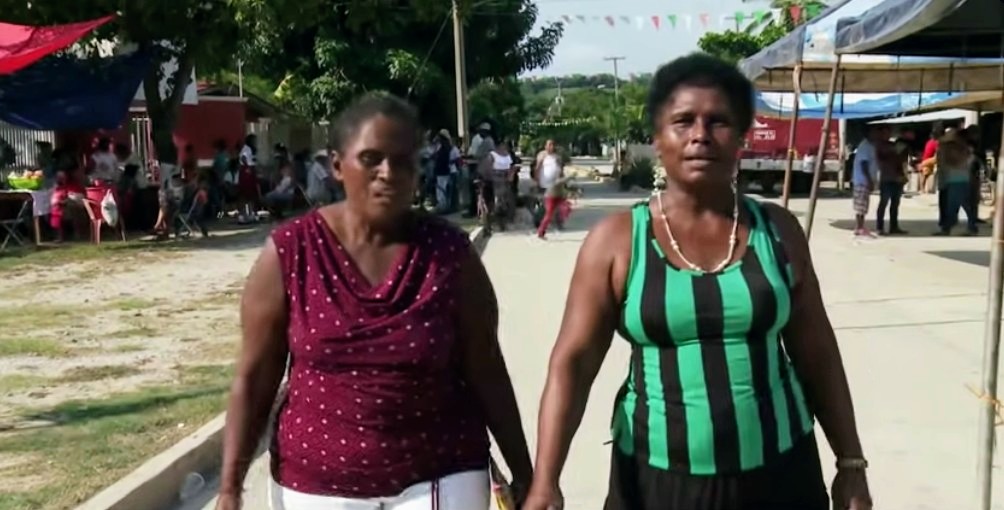

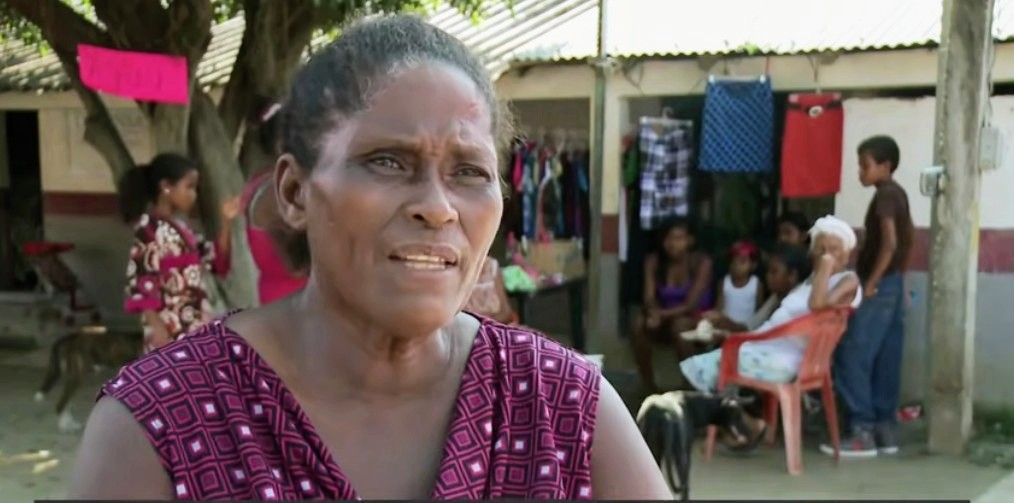
/Courtesy/





Recent Comments